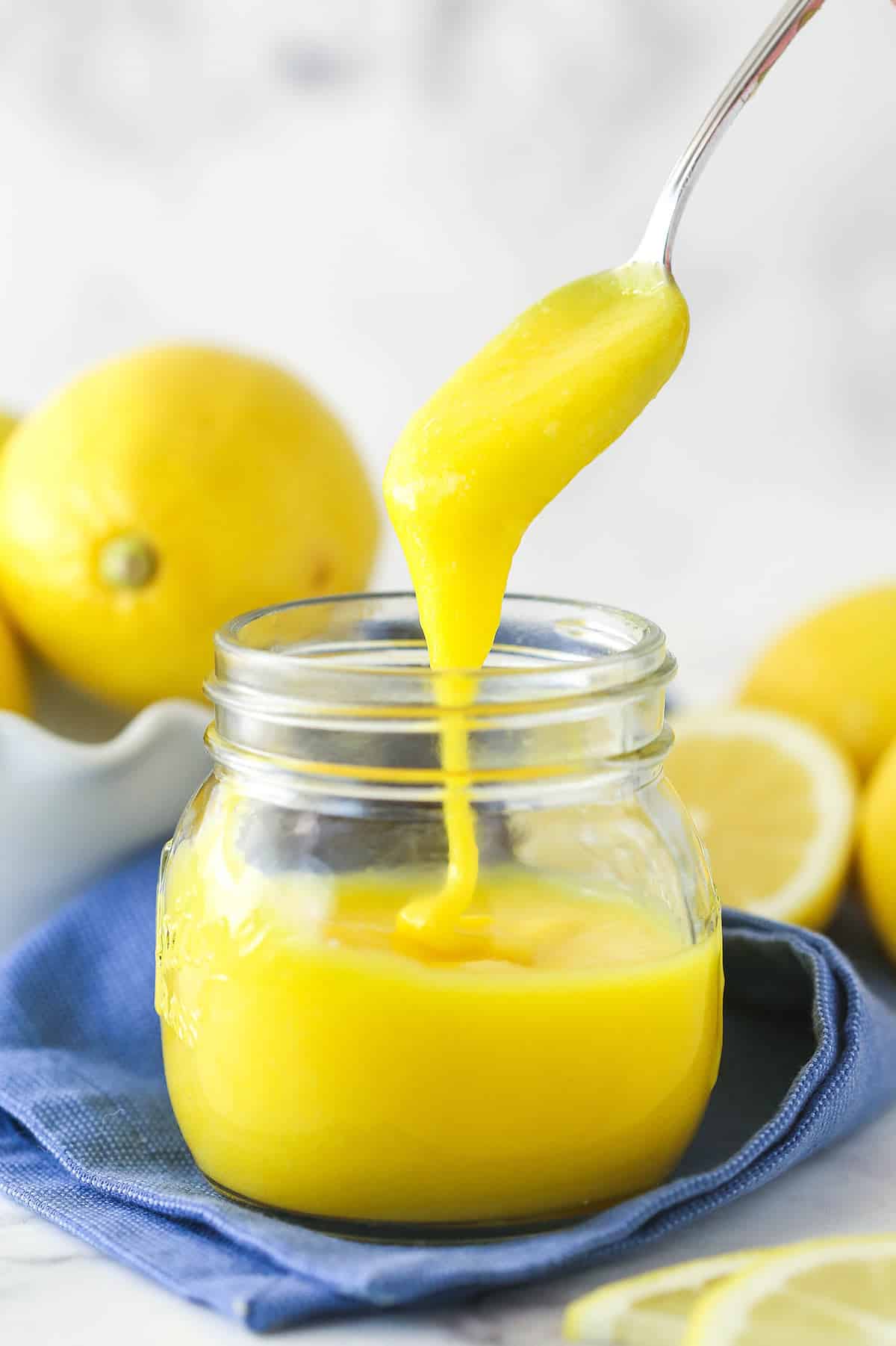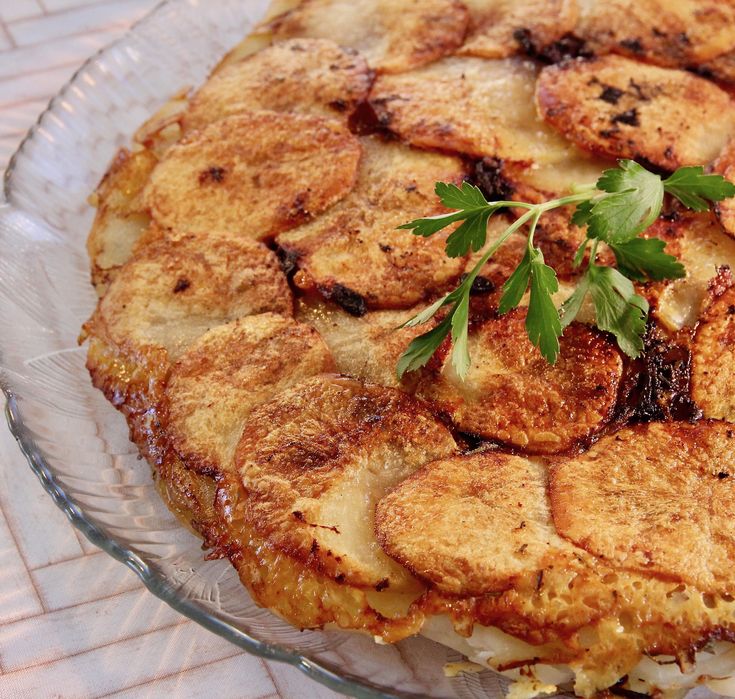Blood Orange Curd: Easy Recipe, Delicious Uses, and Health Benefits
Curd is a fruit-based dessert spread made by cooking together juice, zest, sugar, eggs, and butter until thickened. It has a velvety texture and is often used as a topping or filling for various sweet treats. Traditional curd, like lemon curd, features a balance of tartness and sweetness, creating a refreshing and creamy flavor profile.
The Unique Appeal of Blood Oranges
Blood oranges stand out due to their distinctive red flesh and sweeter, berry-like taste compared to regular oranges. They carry a hint of raspberry or strawberry alongside citrus notes, making them an intriguing ingredient in various recipes. When you use blood oranges in curd, you get a vibrant, colorful spread with a delightful balance of tangy and sweet flavors. This unique appeal makes it perfect for enhancing your desserts with both visual and taste elements.
Making Blood Orange Curd
Essential Ingredients
You’ll need specific ingredients to achieve the perfect blood orange curd. Ensure you have:
- Blood oranges: Freshly squeezed juice and zest from 2-3 blood oranges.
- Sugar: Granulated works best; aim for 200 grams (1 cup).
- Eggs: Use 3 large eggs and 2 additional yolks for richness.
- Butter: Unsalted and chopped into small pieces; approximately 115 grams (1/2 cup).
- Lemon juice: Adds balance; about 2 tablespoons.
Step-by-Step Process
Creating blood orange curd is straightforward. Follow these steps for a smooth, velvety spread:
- Zest and juice: Zest the blood oranges first, then juice them to obtain 2/3 cup of juice.
- Whisk: Combine the eggs, yolks, and sugar in a heatproof bowl. Whisk until smooth.
- Cook: Place the mixture over a simmering pot of water (double boiler method). Add blood orange juice, zest, and lemon juice.
- Stir: Continuously stir with a wooden spoon until the mixture thickens and coats the back of the spoon, usually around 10 minutes.
- Incorporate butter: Remove from heat. Gradually stir in butter until it melts and fully incorporates.
- Strain: For a silky texture, pour the curd through a fine-mesh sieve into a bowl.
- Cool: Allow the curd to cool. Transfer to sterilized jars and refrigerate.
These precise steps yield a lush, tangy blood orange curd ready to elevate your desserts.
Uses and Recipes
Spread Options for Breakfast
Blood orange curd elevates breakfast with its tangy sweetness. Spread it on toast for a quick, flavorful start to your day. Top pancakes or waffles with a dollop for an extra burst of citrus. Mix it into yogurt or oatmeal for a refreshing twist on your morning routine. For a more indulgent option, use it as a filling for crepes, pairing well with whipped cream or fresh berries.
Dessert Creations
Blood orange curd brings unique flair to desserts. Use it as a filling for tarts or eclairs to impress guests. Swirl it into cheesecake batter or layer it in parfaits for a visually appealing and delicious treat. Combine it with meringue to create blood orange pavlova. Add a spoonful on top of ice cream or blend it into mousse for a rich, tangy addition.
Health Benefits
Nutritional Highlights
Blood orange curd offers several essential nutrients. Blood oranges contain high levels of vitamin C, which supports immune function and skin health. A 100-gram serving of blood oranges provides about 53 milligrams of vitamin C. The curd also includes egg yolks, rich in vitamins A, D, and E, along with healthy fats that aid in nutrient absorption. Adding sugar, butter, and egg yolks creates a blend that offers energy and satiety while contributing to a balanced diet.
Comparing Blood Orange Curd to Traditional Lemon Curd
Blood orange curd and traditional lemon curd share similar ingredients but differ in nutritional profiles. Blood oranges contain anthocyanins, antioxidants that help reduce inflammation and improve cardiovascular health, which lemon curd lacks as lemons don’t contain anthocyanins. Both curds provide vitamin C, but blood orange curd offers more antioxidants and a unique flavor profile that may provide additional health benefits. Lemon curd, however, typically contains slightly fewer calories due to the natural tartness of lemons requiring less added sugar. Use either curd to enhance the nutritional value of your desserts and snacks while enjoying their distinct flavors.
Conclusion
Blood orange curd is a delightful way to elevate your culinary creations with its vibrant color and tangy-sweet flavor. Whether you’re spreading it on toast or using it as a filling for desserts, it adds a unique twist that’s both delicious and nutritious. With its high vitamin C content and antioxidants, it not only tastes great but also offers health benefits. Experiment with this versatile curd in your favorite recipes and discover how it can transform ordinary dishes into extraordinary treats.






